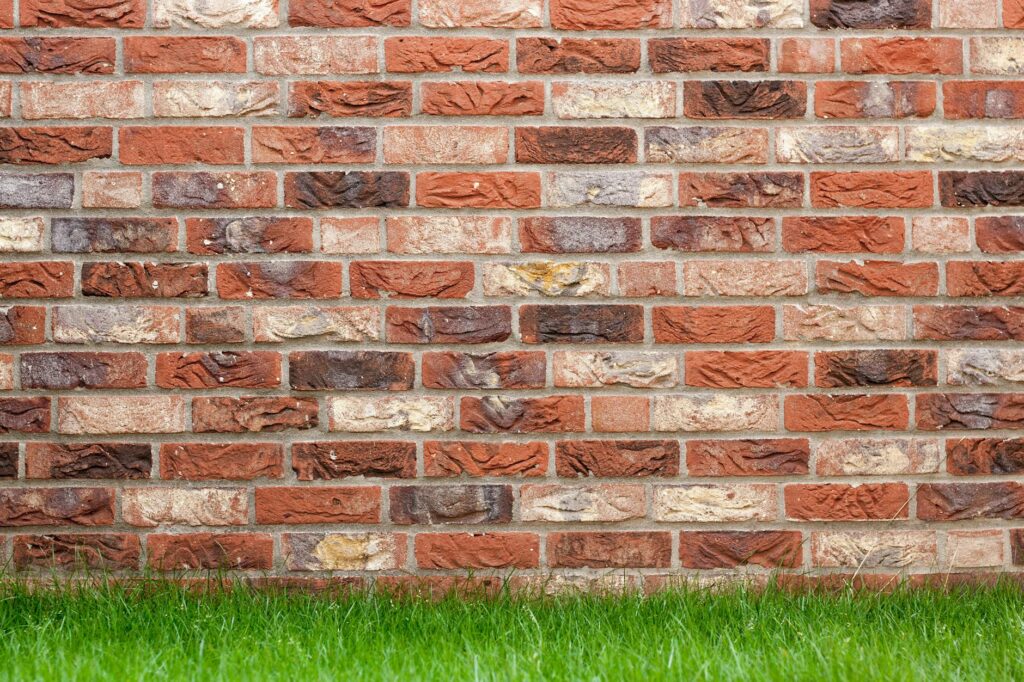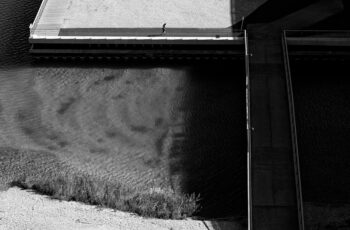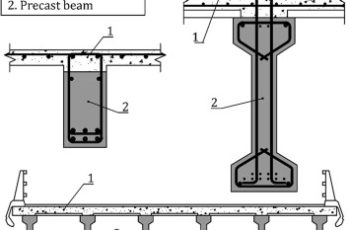Introduction
Discovering horizontal cracks in your foundation can be alarming. These cracks, unlike vertical ones, often indicate different underlying issues. This post will explore the causes, identification, and solutions for horizontal foundation cracks, helping you understand the situation and take appropriate action.
Common Causes of Horizontal Cracks
Horizontal cracks frequently stem from soil expansion and contraction due to changes in moisture content. Clay soils, particularly, are prone to this. Other causes include hydrostatic pressure from groundwater, poor drainage around your home, and even settling from nearby construction. 
Identifying the Severity
Not all horizontal cracks are created equal. A thin, hairline crack might be relatively minor, while a wide crack with significant displacement requires immediate attention. It’s crucial to assess the size, length, and any accompanying signs of structural damage. Learn more about assessing crack severity.
Assessing the Soil Conditions
Understanding your soil type is vital. Clay soils, as mentioned, are notorious for expansion and contraction, leading to foundation issues. Poor drainage can exacerbate the problem. [IMAGE_2_HERE] Consider consulting a geotechnical engineer to get a professional soil report.
Repairing Horizontal Cracks
Repairing horizontal cracks depends on their severity. Minor cracks might require simple sealing with high-quality caulk. More significant cracks may necessitate more involved repairs like underpinning or crack injection. Read our guide on foundation repair methods.
Preventing Future Cracks
Proactive measures are key to preventing future cracks. Proper grading around your home to direct water away from the foundation is crucial. Maintaining healthy gutters and downspouts is also important to prevent water accumulation. [IMAGE_3_HERE]
The Role of a Professional
While some minor cracks might be manageable with DIY solutions, it’s always best to consult a structural engineer or foundation repair specialist for significant cracks. They can provide accurate diagnosis and recommend the appropriate repair strategy. Find a reputable contractor near you.
Understanding Your Insurance
Check your homeowner’s insurance policy to see what coverage it offers for foundation damage. Many policies cover significant structural issues, but it’s important to understand the specifics and report any damage promptly. Learn more about foundation insurance coverage.
Conclusion
Horizontal foundation cracks can range from minor inconveniences to significant structural problems. By understanding the causes, assessing the severity, and taking appropriate action, you can protect your home and its value. Remember, proactive maintenance and professional consultation are crucial steps in ensuring your foundation’s long-term stability. [IMAGE_4_HERE]
Frequently Asked Questions
What causes horizontal cracks in foundations? The most common causes are soil movement due to moisture changes, hydrostatic pressure, and poor drainage.
Are horizontal cracks always serious? Not necessarily. Hairline cracks may be minor, but larger cracks warrant professional assessment.
How much does foundation repair cost? The cost varies significantly depending on the severity of the damage and the chosen repair method.
Can I repair horizontal cracks myself? Minor cracks might be repairable with caulk, but larger cracks usually require professional attention.
How can I prevent horizontal cracks? Proper grading, effective drainage, and regular maintenance are key preventative measures.

